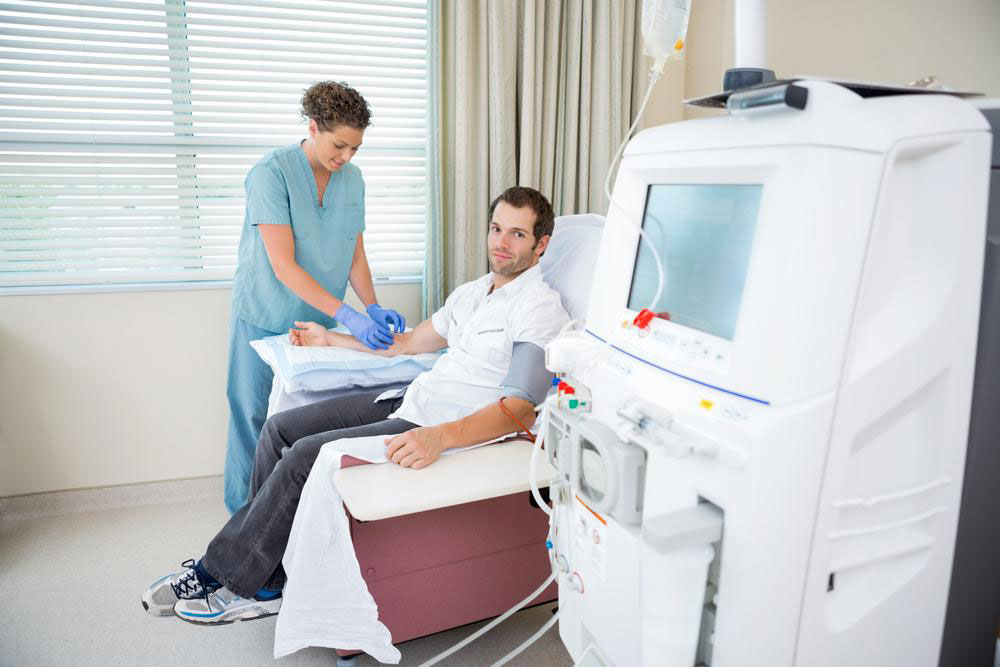Comprehensive Approaches to Managing Peyronie's Disease Effectively
This comprehensive article explores effective methods to manage Peyronie's disease, including diagnosis, medical and surgical treatments, and natural remedies. It emphasizes understanding the condition, exploring therapies like collagenase injections, and highlights the importance of personalized treatment plans. The guide aims to help men dealing with Peyronie's maintain sexual health and improve quality of life through informed choices and expert medical advice.

Comprehensive Approaches to Managing Peyronie's Disease Effectively
Peyronie's disease is a condition that affects the penile tissue, characterized by the development of fibrous scar tissue, commonly referred to as plaques. This abnormal growth of scar tissue occurs within the tunica albuginea, the fibrous lining of the corpora cavernosa, leading to curvature, deformity, and potential discomfort during an erection. Understanding the causes, diagnosis, and treatment options for Peyronie's disease is essential for men experiencing symptoms to manage the condition effectively and maintain quality of life.
While the precise cause of Peyronie's disease remains elusive, it is widely believed that trauma or injury to the penis—such as bending or hitting—may initiate an abnormal healing response. This injury can cause internal bleeding, which, over time, leads to fibrin deposition and scar tissue formation. The resulting plaque causes the affected area of the tunica albuginea to become less elastic, leading to curvature during erections. Although some men experience mild symptoms that resolve spontaneously, others may face persistent deformity that interferes with sexual activity.
Despite the challenges posed by Peyronie's, men can still engage in sexual activity, though modifications may be necessary depending on the severity of curvature or discomfort. Innovative therapies, both medical and surgical, offer options that may improve symptoms and restore function.
Understanding How Peyronie's Disease Is Diagnosed
Diagnosing Peyronie's disease involves a comprehensive evaluation by a healthcare professional. Initially, physicians review the patient's medical history, paying close attention to recent penile injuries or trauma. Physical examination usually reveals palpable plaques or lumps within the penile tissue, along with curvature during an erection. To confirm the diagnosis and assess the extent of the condition, imaging techniques such as ultrasound are employed. Ultrasound can visualize the density and location of plaques, as well as blood flow dynamics, aiding in differential diagnosis. In some complex cases, an X-ray or MRI may be utilized. If the diagnosis remains uncertain, a biopsy might be performed, whereby a small tissue sample from the affected area is examined under a microscope to understand tissue composition and rule out other underlying pathologies.
Is There a Chance for Natural Resolution?
In many cases, Peyronie's disease may improve on its own without intervention. Mild symptoms often resolve within several months, particularly when pain is the primary concern. The body’s natural healing process can lead to reabsorption of scar tissue, reducing curvature and discomfort. Therefore, monitoring the condition over time is a common strategy for less severe cases, with medical intervention reserved for more persistent or bothersome symptoms.
Treatment Strategies for Peyronie's Disease
Managing Peyronie's disease typically involves a combination of medical therapies and, when necessary, surgical procedures. The selection of treatment depends on the severity, duration, and impact on the patient's quality of life.
Medications are often the first line of therapy. Drugs like Pentoxifylline, which improves blood flow and reduces fibrosis, and Potaba (potassium para-aminobenzoate) are prescribed with the aim of reducing scar tissue formation. Collagenase clostridium histolyticum injections represent a more advanced approach, directly targeting the plaques to weaken and break down the fibrous tissue, which can straighten the penile curvature. This minimally invasive procedure has proven effective in some cases and is often preferred before surgical options are considered.
When conservative measures fail or if the curvature severely impairs sexual function, surgical options are explored. Procedures typically aim to remove or reduce the plaque, straighten the penis, and restore function. Common surgical techniques include plaque excision with grafting, plication (shortening the longer side of the curvature), and penile implants, especially when erectile dysfunction coexists. It's crucial to consider potential risks such as loss of sensitivity, erectile difficulties, or penile shortening. A thorough discussion with a urologist or specialist helps determine the most appropriate surgical intervention.
The Role of Vitamins and Supplements
Some studies suggest that high-dose Vitamin E might help accelerate healing and reduce oxidative stress, potentially alleviating symptoms. Additionally, potassium aminobenzoate (Potaba) has been used to inhibit fibrosis. However, conclusive scientific evidence remains limited, and these remedies should be used cautiously under medical supervision.
Alternative and Adjunct Therapies
Aside from conventional treatments, some men explore alternative therapies. Chemical injections directly into the plaque, such as verapamil or interferon, aim to soften the scar tissue. Low-dose radiation therapy has also been investigated for its potential to reduce pain and inflammation, though it is less commonly used today. Pain management through over-the-counter analgesics or prescription medications can help alleviate discomfort during the active phase of the disease.
Pain Resolution and Natural Healing
Most men experience a reduction or complete relief from penile pain within 6 to 18 months, often aligning with the natural resolution of the scar tissue. Patience and regular monitoring are vital components of management, with medical intervention tailored to individual progress.
Herbal and Natural Remedies
Natural treatments may include herbs like Gotu Kola, which has been thought to facilitate tissue repair and reduce fibrous tissue formation. Bromelain, an enzyme found in pineapples, might help prevent fibrin deposits and promote tissue remodeling. Topical applications such as castor oil are also used by some practitioners to soften tissues and prevent plaque development. However, since herbal remedies are not well-regulated, consultation with healthcare professionals is essential before initiating any herbal regimen to ensure safety and appropriateness.





